Publications
[publications]
Peer reviewed journal articles
Conference presentations/proceedings
Posters
Thesis/dissertation
Peer reviewed journal articles
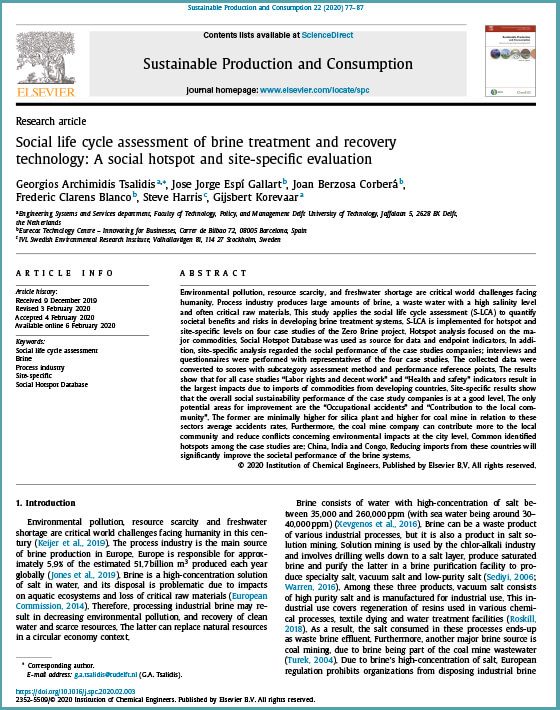
Social life cycle assessment of brine treatment and recovery technology: A social hotspot and site-specific evaluation
Tsalidis et al.
Sustainable Production and Consumption. 2020
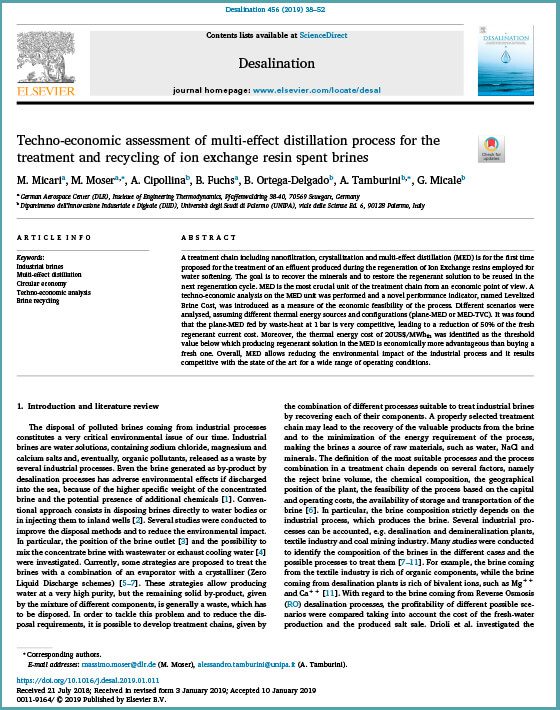
Techno-economic assessment of multi-effect distillation process for the treatment and recycling of ion exchange resin spent brines
Micari et al.
Desalination. 2019
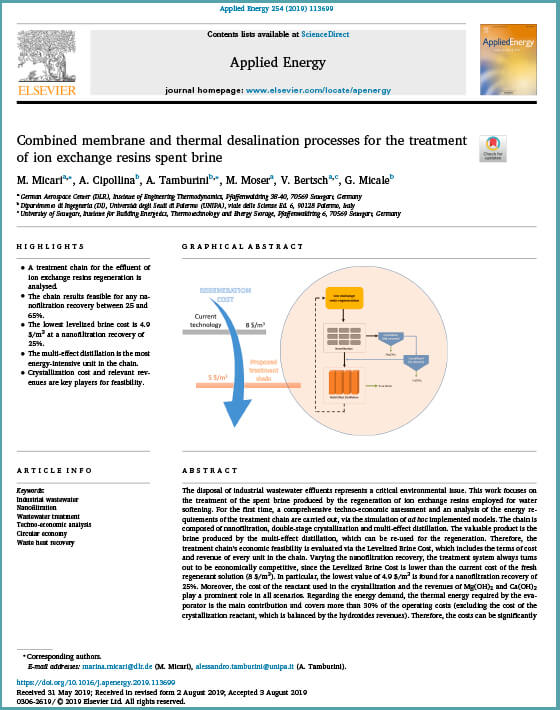
Combined membrane and thermal desalination processes for the treatment of ion exchange resins spent brine
Micari et al.
Applied Energy. 2019

Towards the first proof of the concept of a Reverse ElectroDialysis – Membrane Distillation Heat Engine
Micari et al.
Desalination. 2019
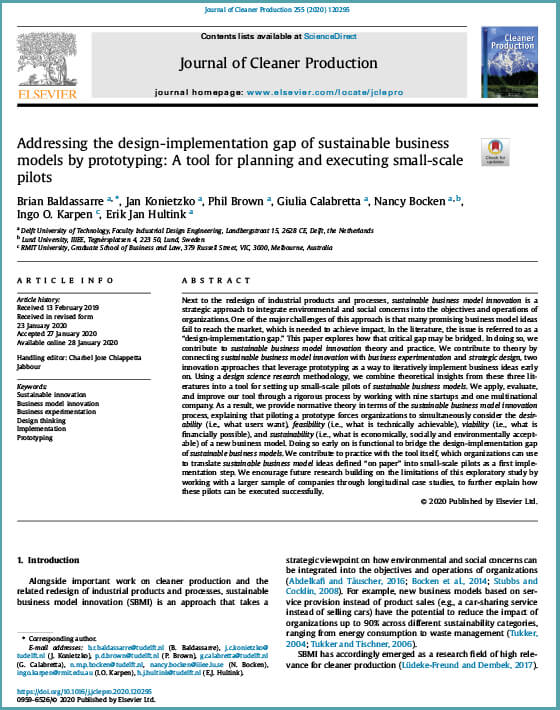
Addressing the design-implementation gap of sustainable business models by prototyping: A tool for planning and executing small-scale pilots
Baldassarre et al.
Journal of Cleaner Production. 2020
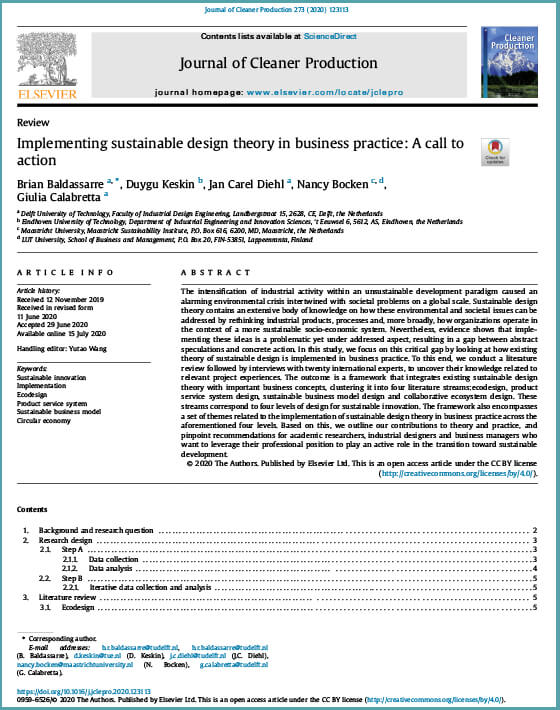
Implementing sustainable design theory in business practice: A call to action
Baldassarre et al.
Journal of Cleaner Production. 2020
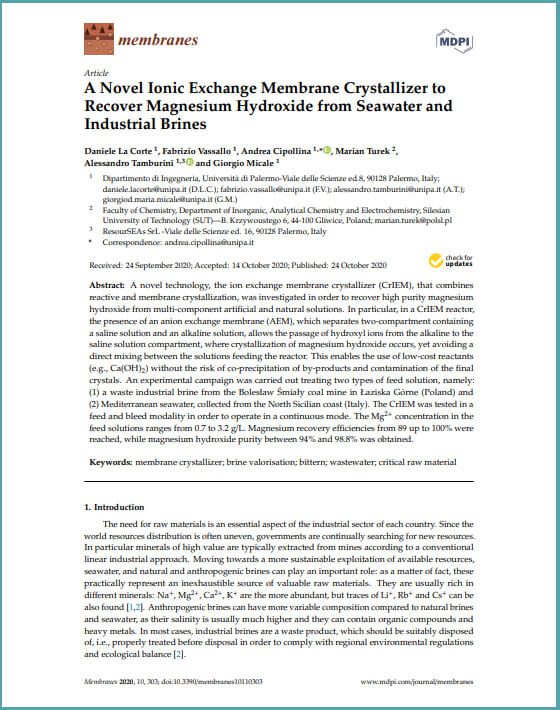
A Novel Ionic Exchange Membrane Crystallizer to Recover Magnesium Hydroxide from Seawater and Industrial Brines
La Corte et al.
Membranes. 2020

Aspects of environmental impacts of seawater desalination: Cyprus as a case study
Xevgenos et al.
Desalination and Water Treatment. 2021

Developing social life cycle assessment based on corporate social responsibility: A chemical process industry case regarding human rights
Tsalidis et al.
Technological Forecasting & Social Change. 2021

Social Life Cycle Assessment of Brine Treatment in the Process Industry: A Consequential Approach Case Study
Tsalidis et al.
Sustainability. 2019

Industrial Symbiosis: towards a design process for eco-industrial clusters by integrating Circular Economy and Industrial Ecology perspectives
Baldassarre et al.
Journal of Cleaner Production. 2019

Electrodialysis of coal mine water
Mitko et al.
Water Resources and Industry. 2021.
Conference presentations/proceedings
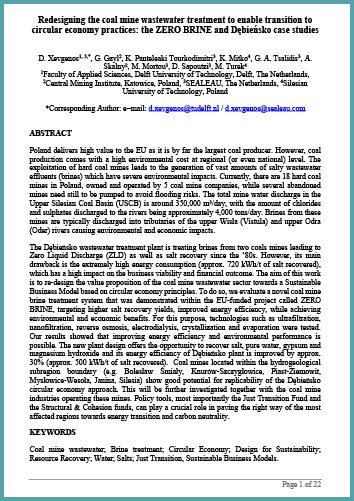
Redesigning the coal mine wastewater treatment to enable transition to circular economy practices
The ZERO BRINE and Dębieńsko case studies
SDEWES, 2021
Posters
Modelling of an innovative membrane crystallizer for the production of Magnesium Hydroxide from waste brine
C.Morgante, Universita degli Studi di Palermo
EUROMEMBRANE, 2021
Thesis/dissertation
Coming soon

